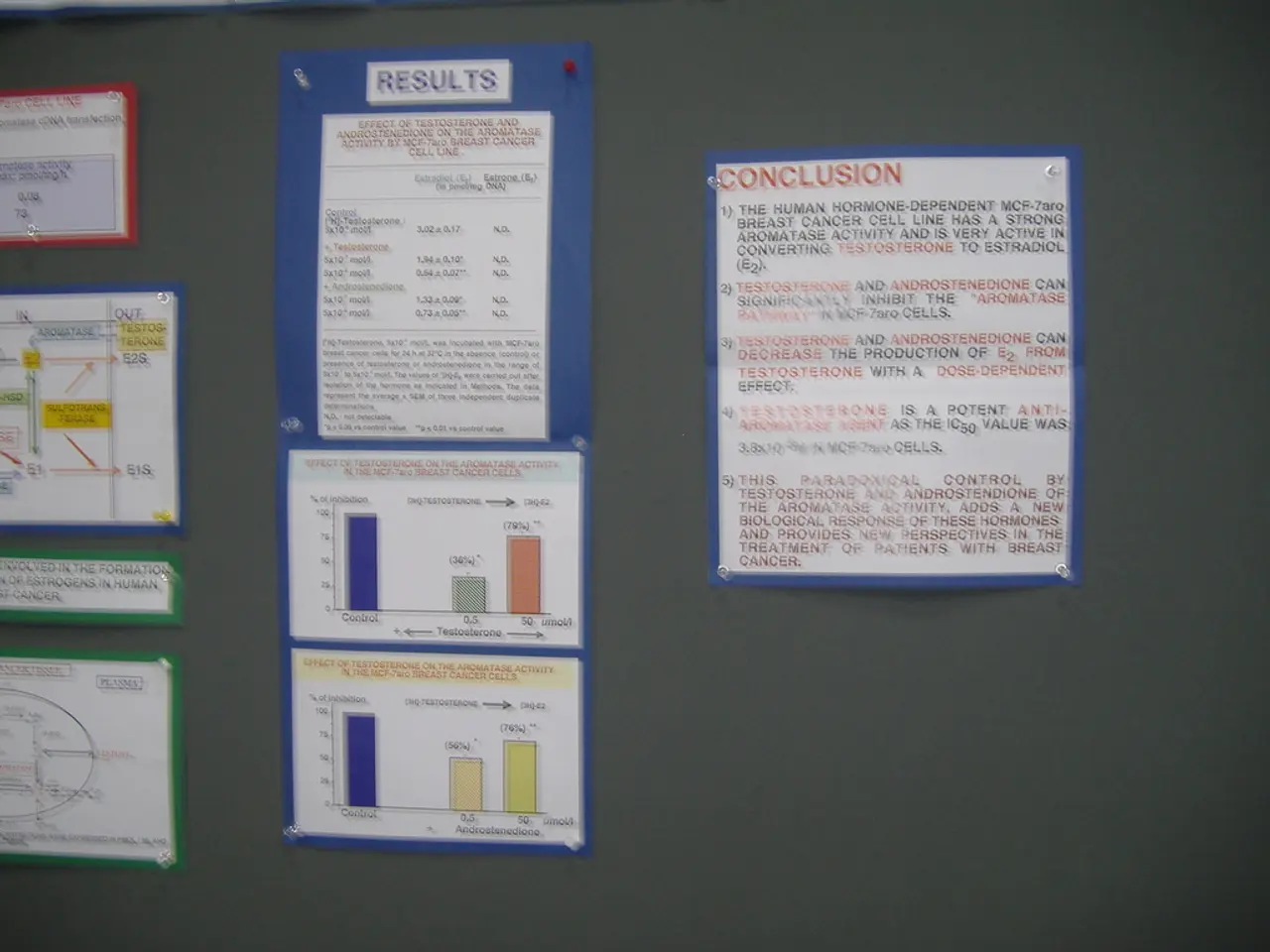Strategic Gamble
In the world of business, making decisions often involves weighing the risks and rewards. A structured process, known as risk analysis, helps businesses make calculated decisions that align with their objectives. Here's a breakdown of the typical steps involved:
1. **Identifying Risks**: The first step is to spot potential risks that could impact a decision or project. This might involve brainstorming sessions, SWOT analysis, and examining internal and external factors.
2. **Assessing Probability and Impact**: For each identified risk, evaluate how likely it is to occur and what the consequences would be. Both aspects can be expressed qualitatively or quantitatively, depending on the available data and context.
3. **Quantifying Risk Exposure**: Multiply the probability by the impact to get a numeric risk score, helping to prioritize risks according to their potential threat level to the business.
4. **Prioritizing Risks**: Rank the risks based on their calculated exposure, focusing on addressing those that pose the highest threat or opportunity.
5. **Developing Risk Response Strategies**: Craft strategies to manage prioritized risks, such as mitigation, contingency planning, or risk transfer (e.g., insurance).
6. **Making the Decision**: With a clear understanding of risks and rewards, make an informed decision that embraces calculated risks—those that have been thoughtfully evaluated and aligned with business objectives.
7. **Monitoring and Review**: After implementation, continuously monitor risks, update assessments as new information emerges, and adjust strategies to stay agile and resilient in changing environments.
This process encourages strategic thinking, confidence in navigating uncertainty, and alignment between risk management and organizational goals. It fosters a culture where risks are taken deliberately, with a clear understanding of potential impacts, thus supporting sustainable growth and resilience.
However, the question of how many times one must try for a high probability of success, or what the odds of the risk or ruin are, cannot be definitively answered. The number of attempts needed depends on various factors, including the nature of the risk, the strategies employed, and the specific circumstances.
What is certain is that each attempt provides valuable lessons, whether the outcome is success or failure. In the worst-case scenario, understanding the consequences of failure can help businesses learn and adapt, minimizing long-term damage. Conversely, achieving maximum success brings rewards that contribute to the organization's growth and resilience.
In essence, the process of calculating risk in business decision making equips organizations with the tools to maximize opportunities while minimizing negative outcomes, fostering a culture of calculated risks that support sustainable growth and resilience.
- An entrepreneur in the field of finance might utilize this risk analysis process during strategic business planning, ensuring that calculated risks are taken to minimize negative outcomes while maximizing opportunities for growth.
- Successful implementation of risk management strategies in business can lead to resilient entrepreneurship, allowing a business owner to navigate uncertain financial landscapes with wisdom and strategic foresight.




